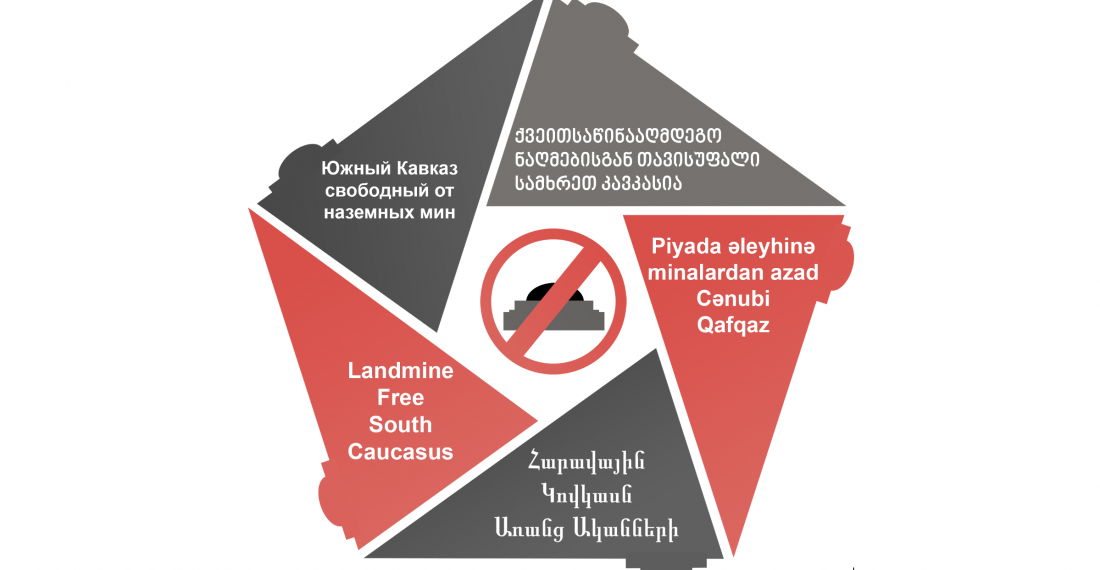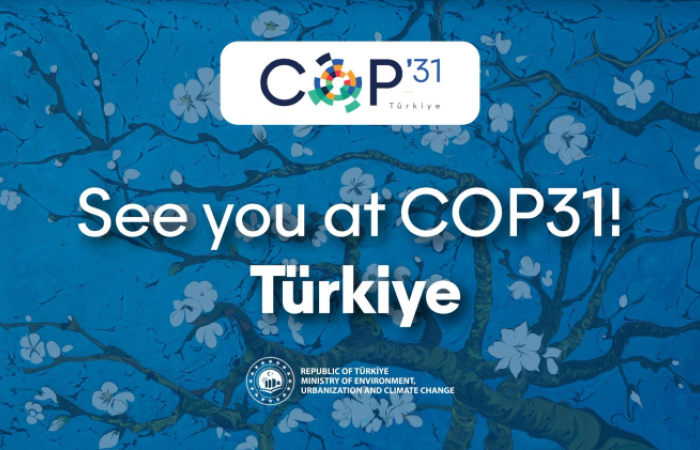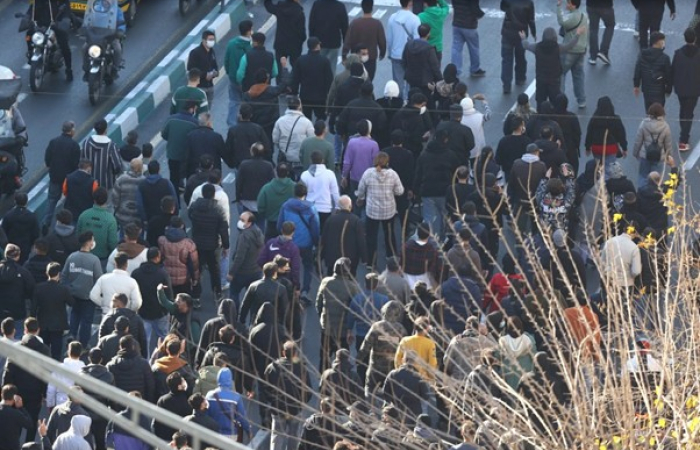Preparations are underway for the launch of the 2022 regional campaign Landmine Free South Caucasus. This year's campaign is expected to focus on the consequences of landmines and other remnants of war on communities in the region.
In preparation for this year's campaign which is expected to be launched at the end of November two meetings were held in Tbilisi on Friday, 21 October. The first meeting was a policy dialogue on the theme “Addressing the problem of landmines and unexploded ordnance in the South Caucasus – Mapping out the problems and envisioning the solutions”
Among those attending were representatives of Embassies and International Organisations, including the EU, UNDP, NATO, Italy, Hungary, Japan, and USA; National and international demining agencies, including ANAMA, DELTA and HALO Trust; and civil society organisations including: LINKS Europe, Caucasus Policy Analysis Centre, Baku; The Tbilisi School for Social Research, Tbilisi, The Centre for Political and Economic Strategic Studies, Yerevan; the Public Movement Multinational Georgia, Tbilisi, and the Joint Liaison Group (JOLIG).
Dennis Sammut, Director, LINKS Europe welcomed participants and gave an overview of the involvement of LINKS Europe in support of demining action in the South Caucasus in the framework of its work to promote regional co-operation and confidence-building in the region.
Tamar Karseladze, Head, Emerging Security Challenges and Arms Control Division, Ministry of Foreign Affairs of Georgia, welcomed participants on behalf of the Georgian government.
Participants than heard four presentations from Oleg Gochashvili representing the State Military Scientific-Technical Center "DELTA", Tbilisi; Benyamin Poghosyan, Centre for Political and Economic Strategic Studies, Yerevan; Ahmad Alili, Chairman, Caucasus Policy Analysis Centre, Baku and Tural Mammadzada, Director of Research, Operations Department, ANAMA, the State Demining Agency of Azerbaijan, Baku, and Rachael Rosenberg, Halo Trust, UK
Every presentation was followed by a short Q and A and discussion.
Participants expressed appreciation for the informative nature of the presentations and the professional way in which they were delivered.
Participants than heard a short presentation on the Regional Campaign “Landmine Free South Caucasus”: reflecting on the 2019 and 2022 campaigns; Looking forward to the 2022 campaign in November, by Patrick Norén, Co-ordinator 2022 Regional Campaign Landmine Free South Caucasus
Kati Miettunen, Political Advisor at the Office of the EU Special Representative for the South Caucasus and the Conflict in Georgia made closing remarks, emphasising the importance the EU attached to landmine clearance worldwide and expressing support for the work of the Landmine Free South Caucasus Campaign.
Participants wished success to the 2022 Landmine Free South Caucasus Campaign.
In a second meeting organisations involved in the preparation of the 2022 campaign discussed the draft appeal of the campaign and the activities planned.






